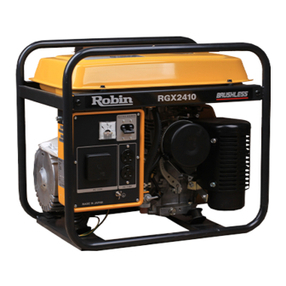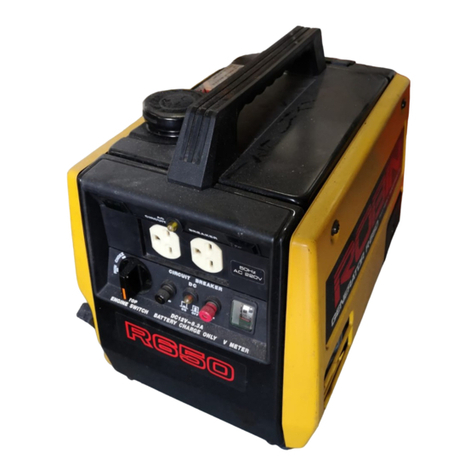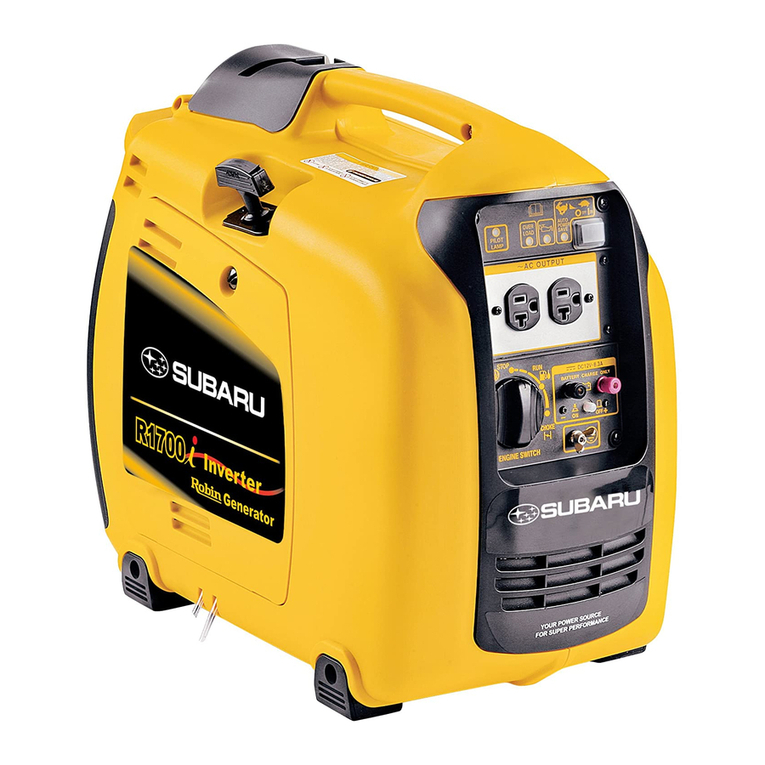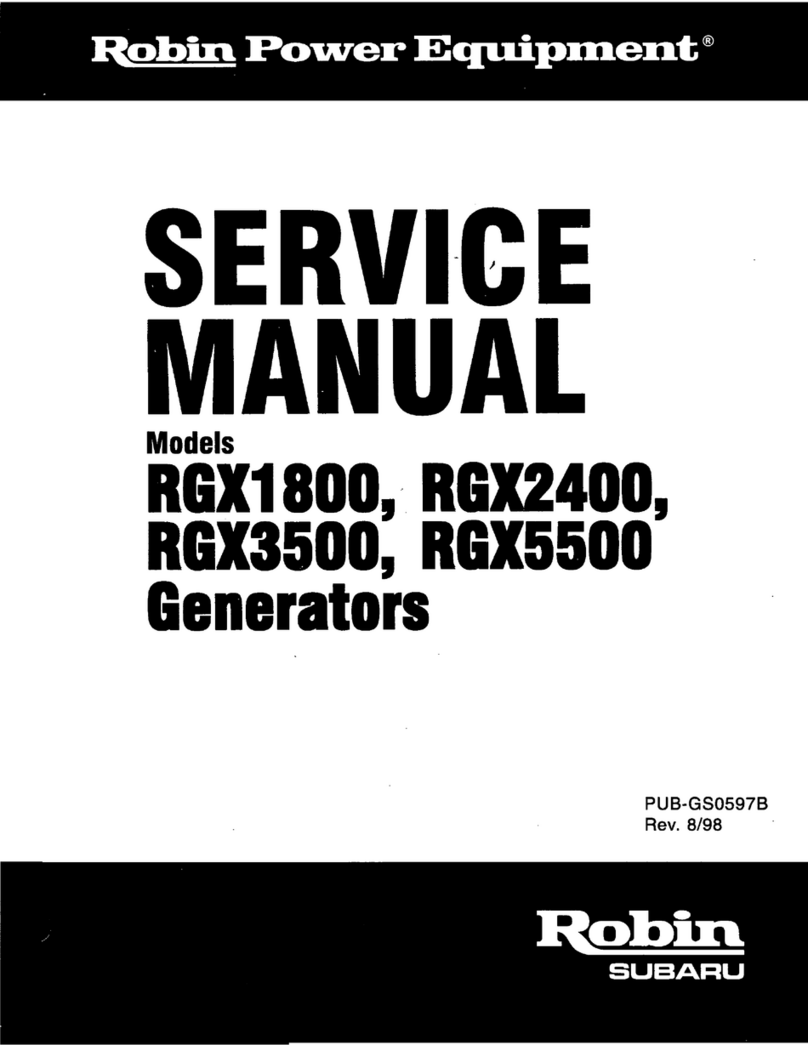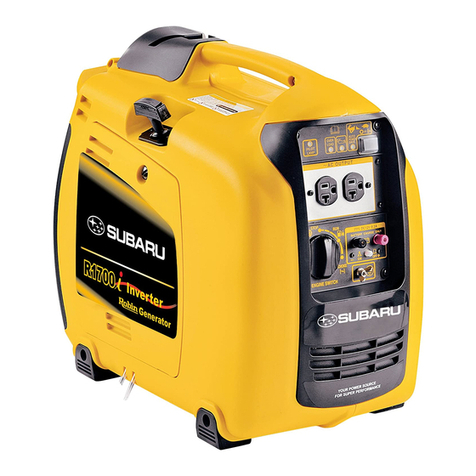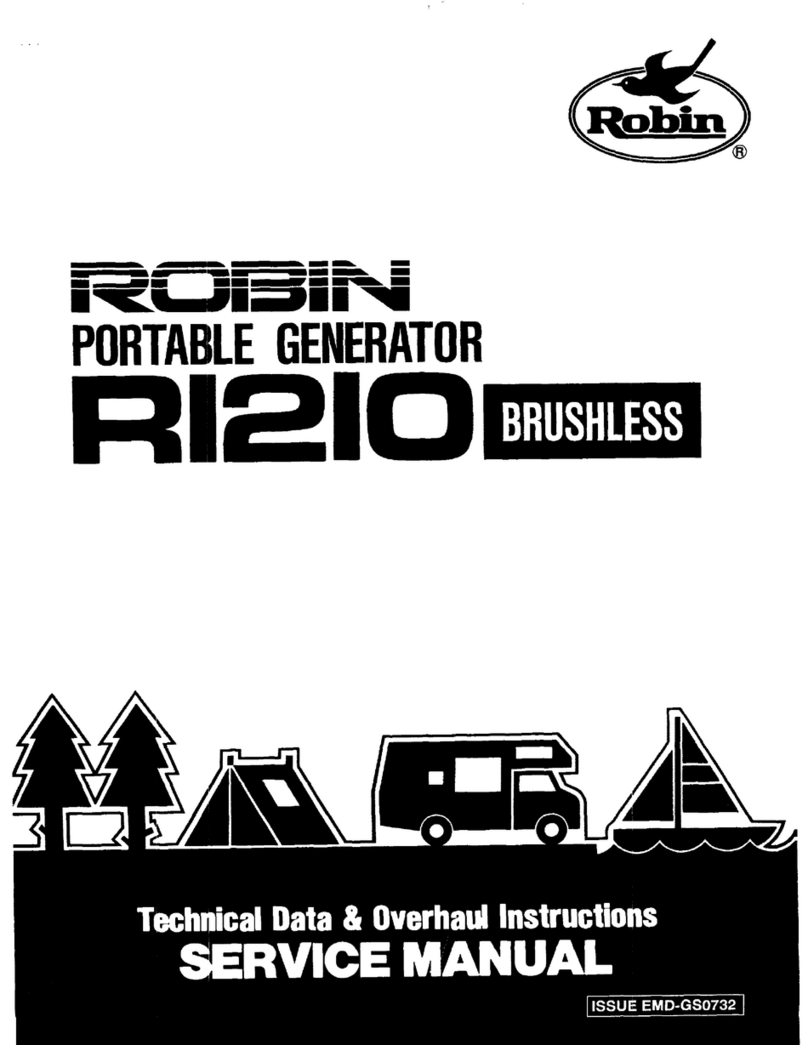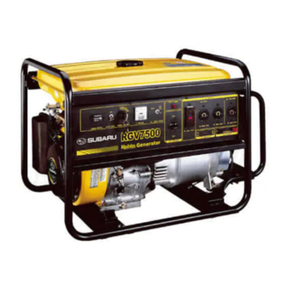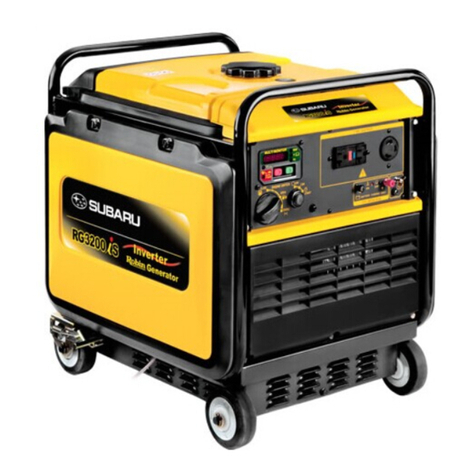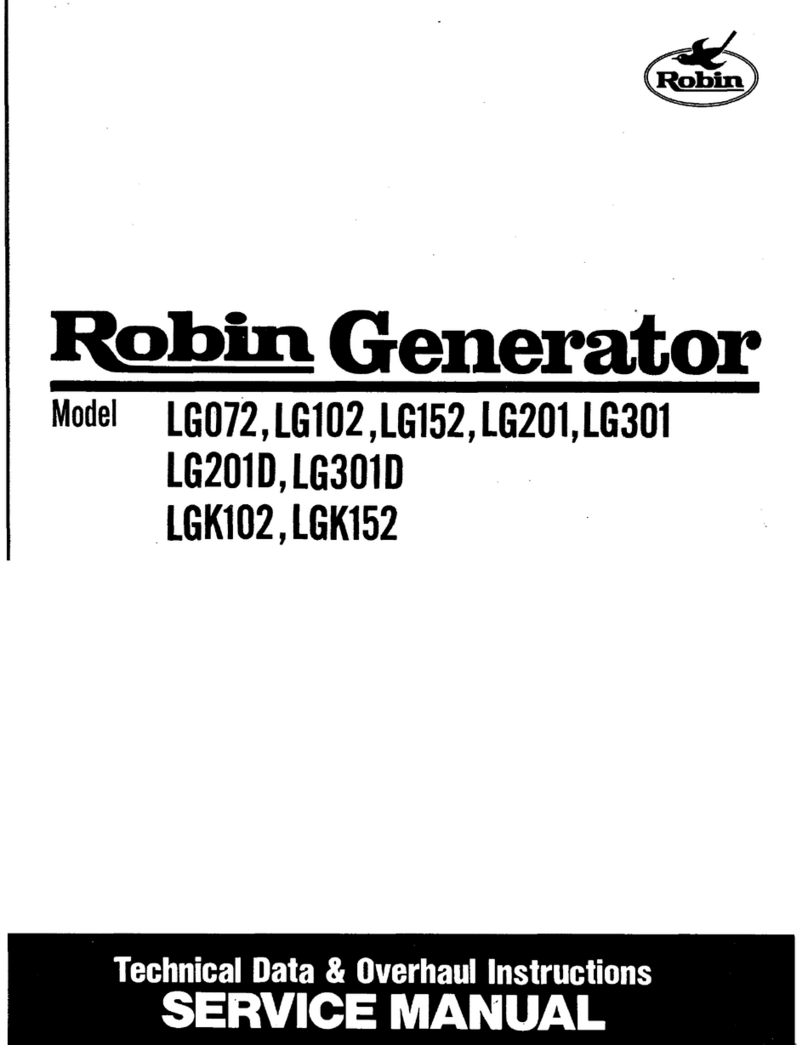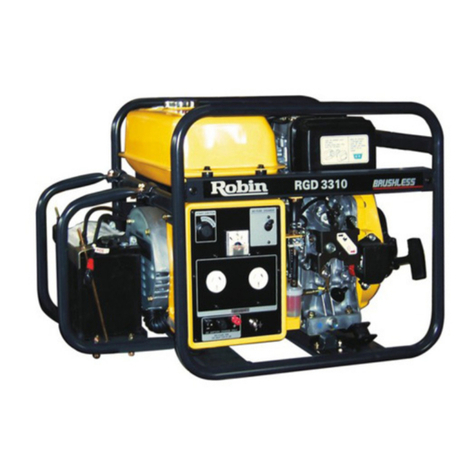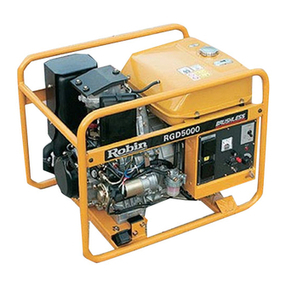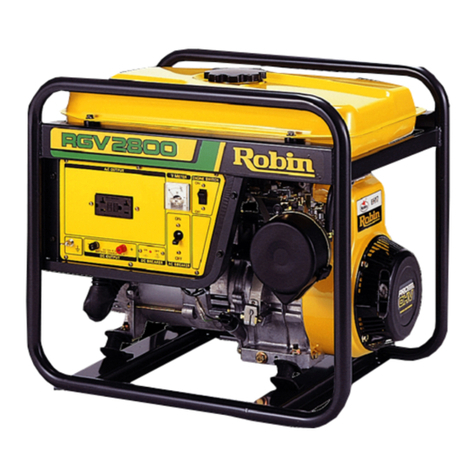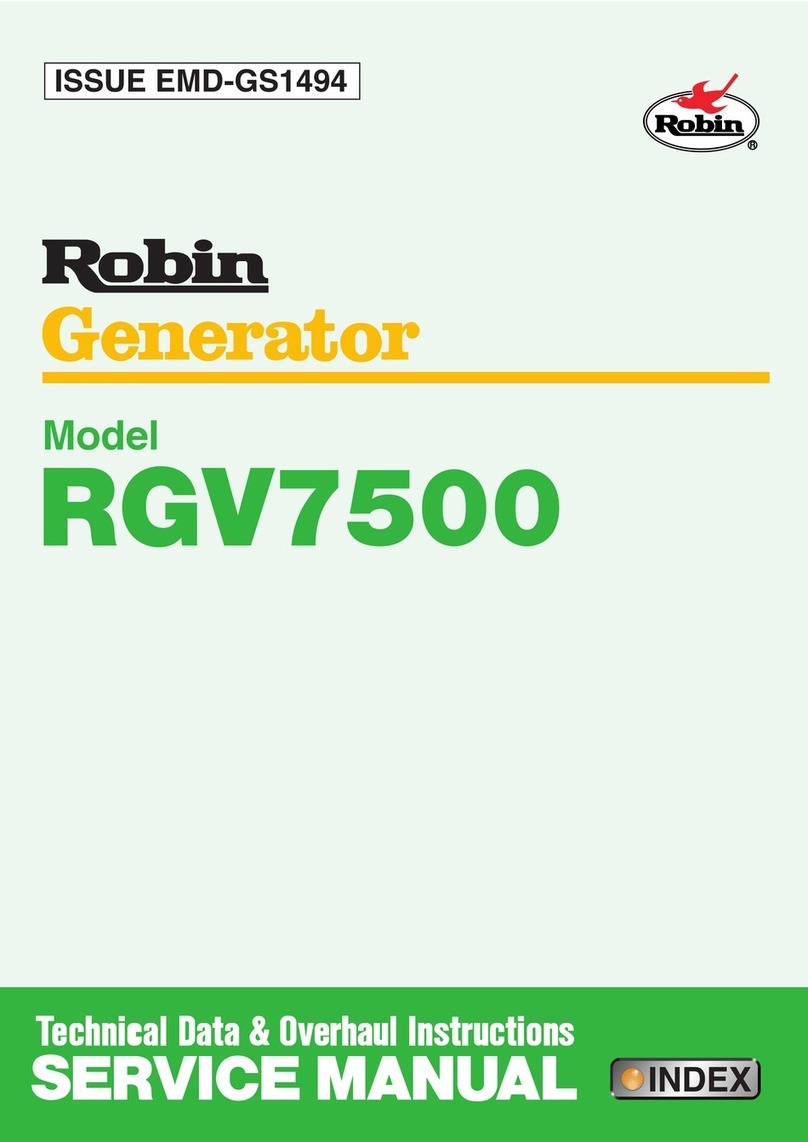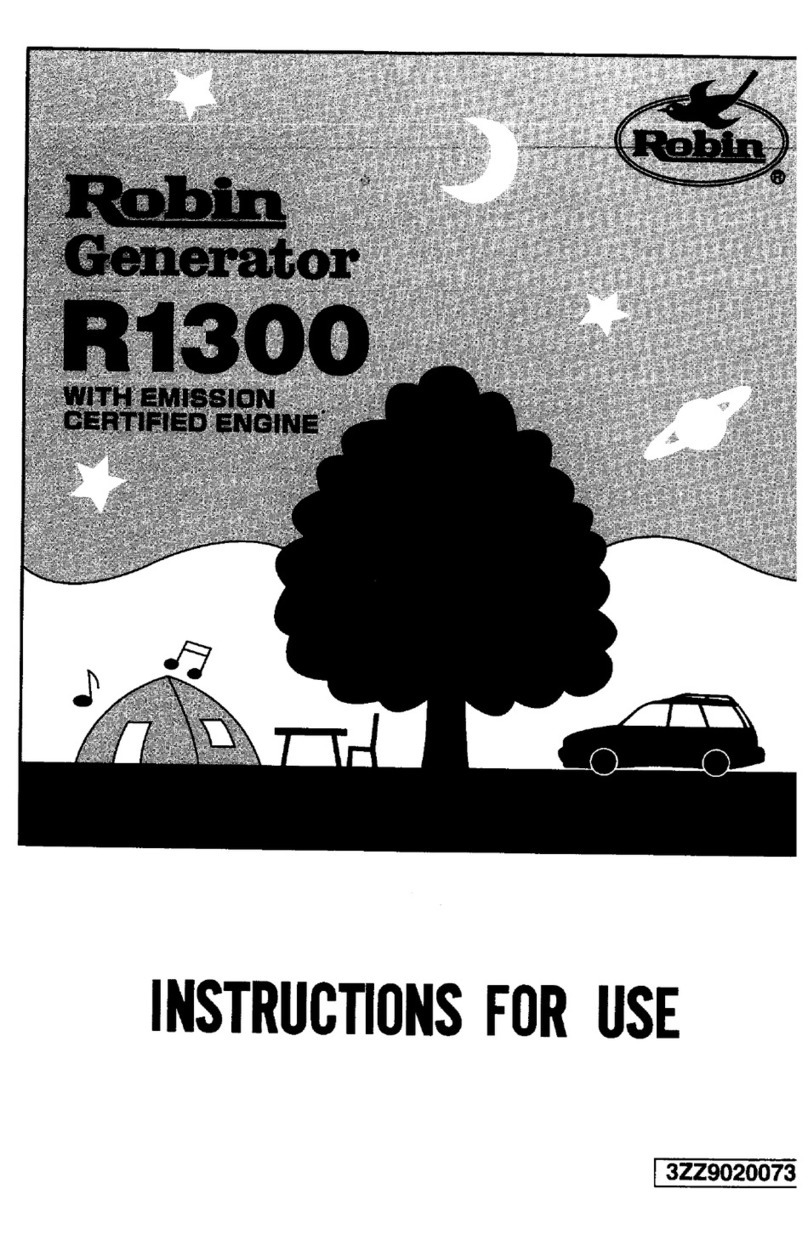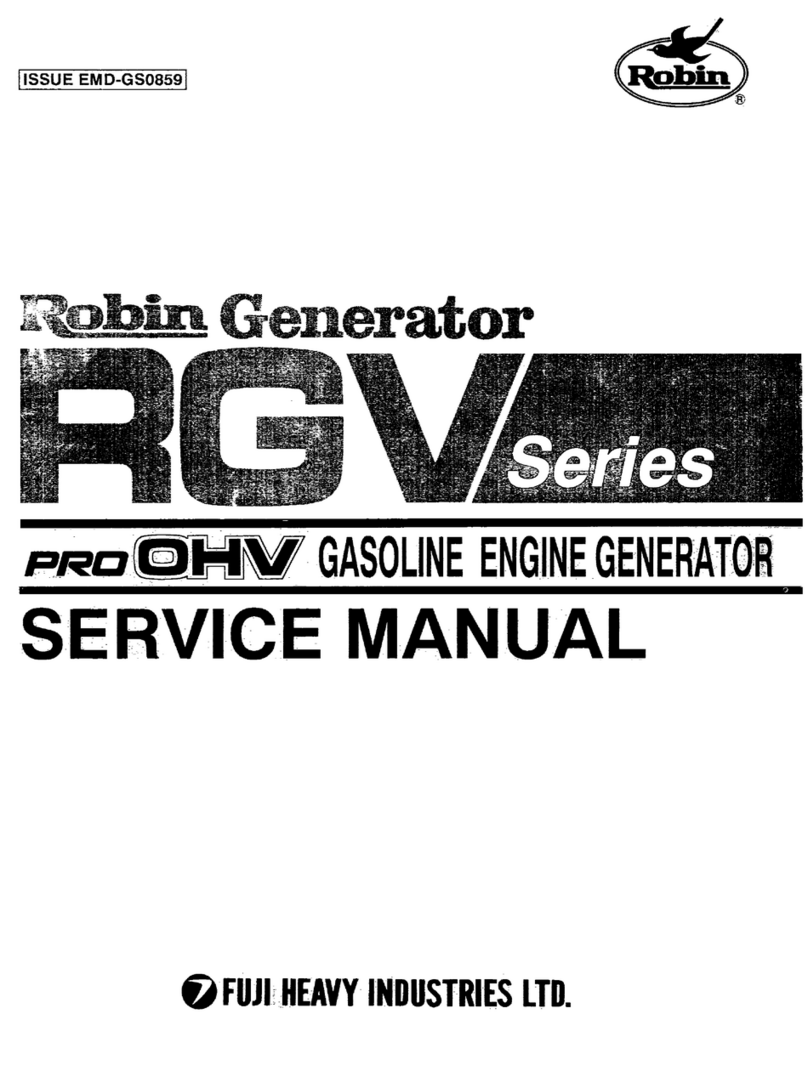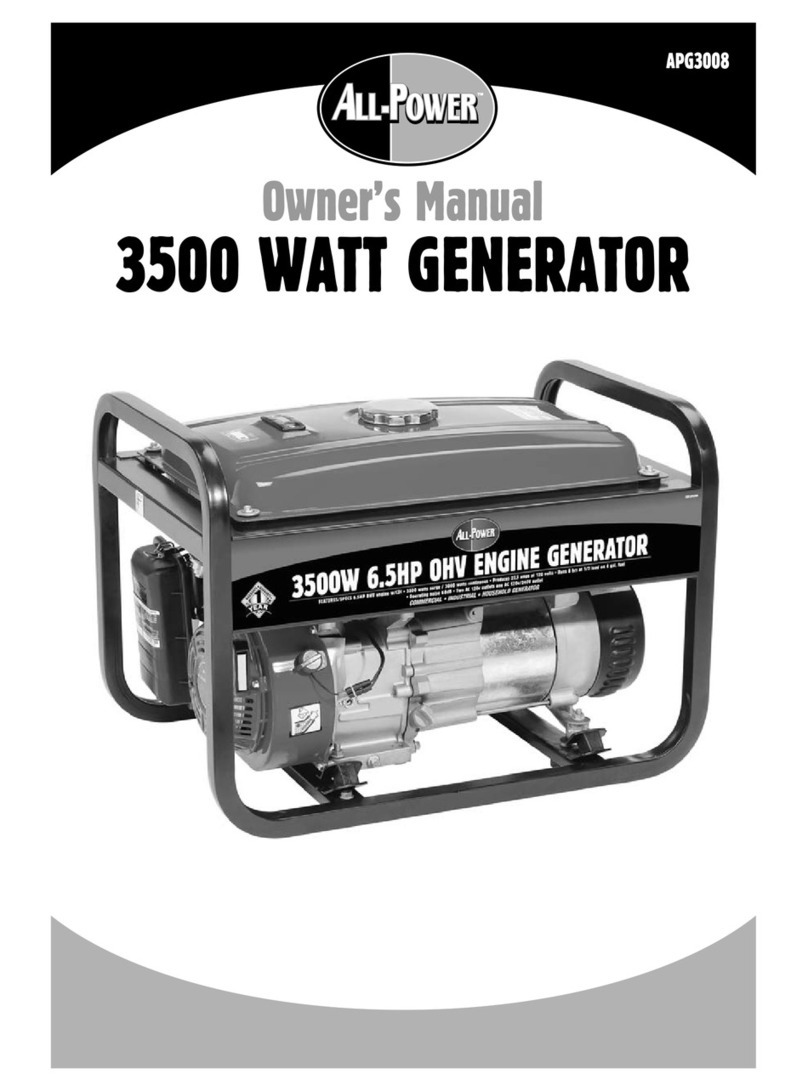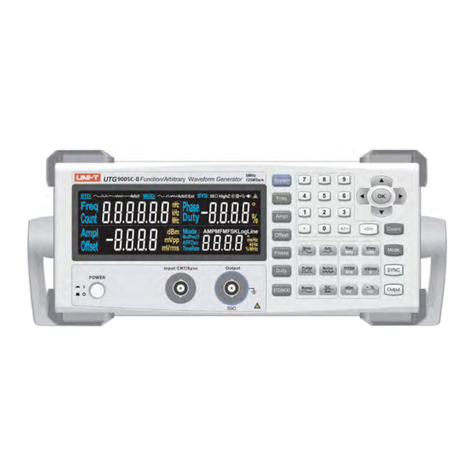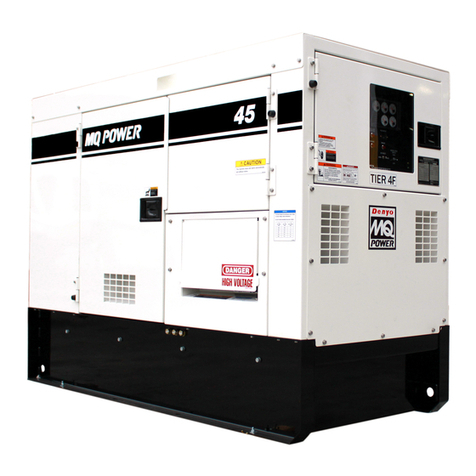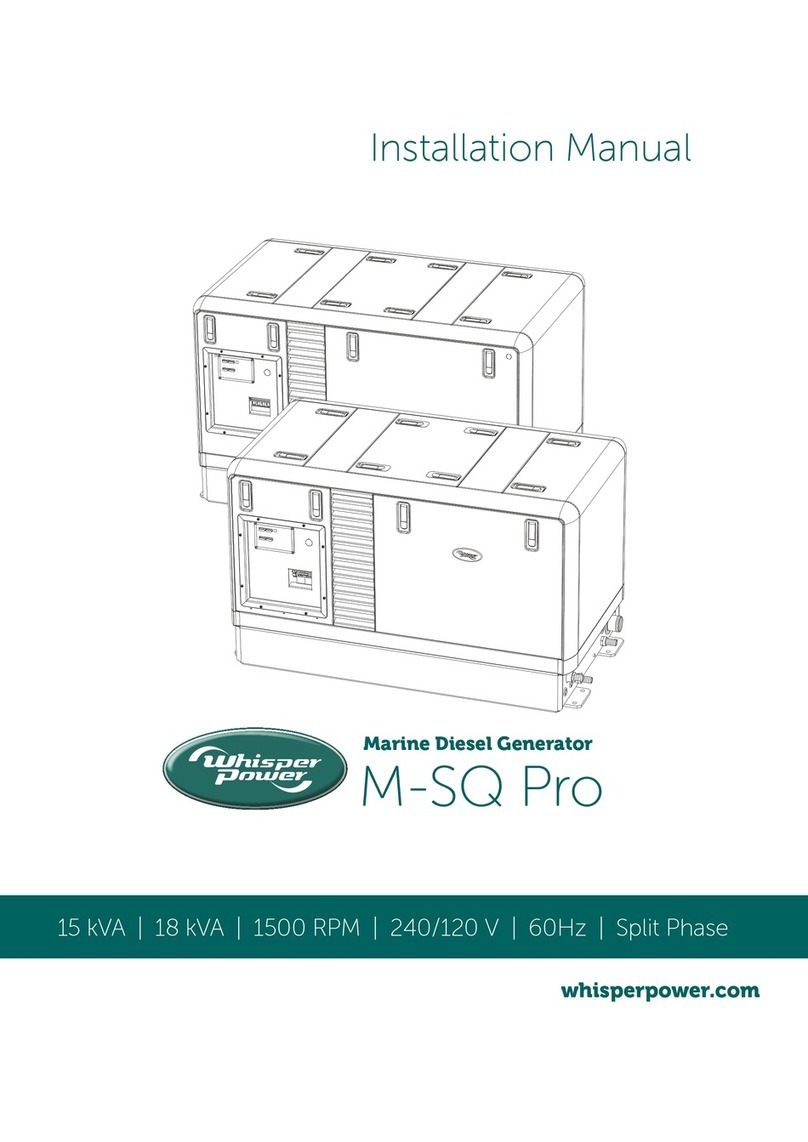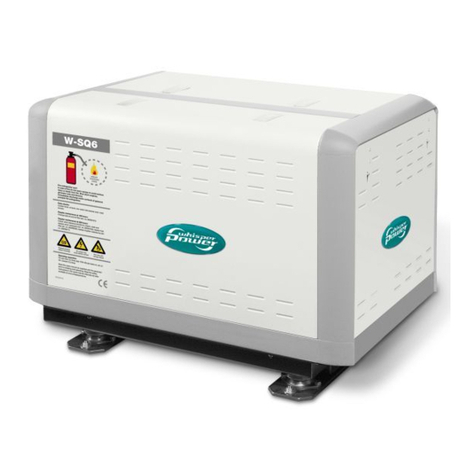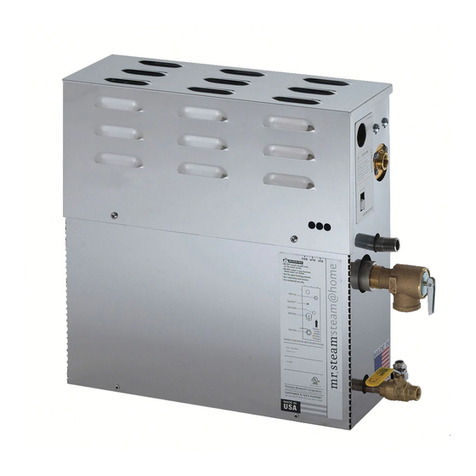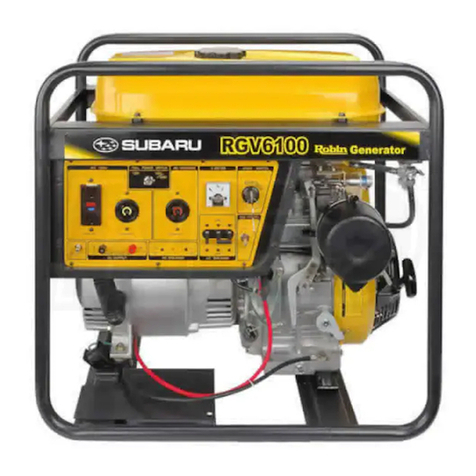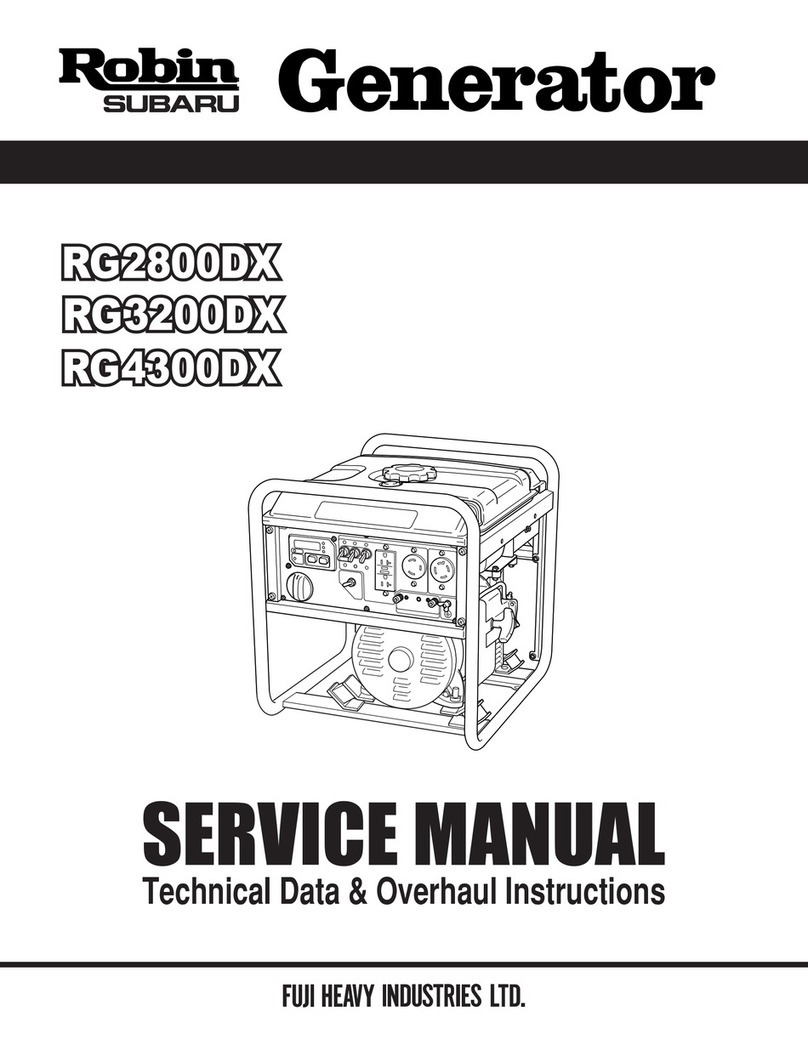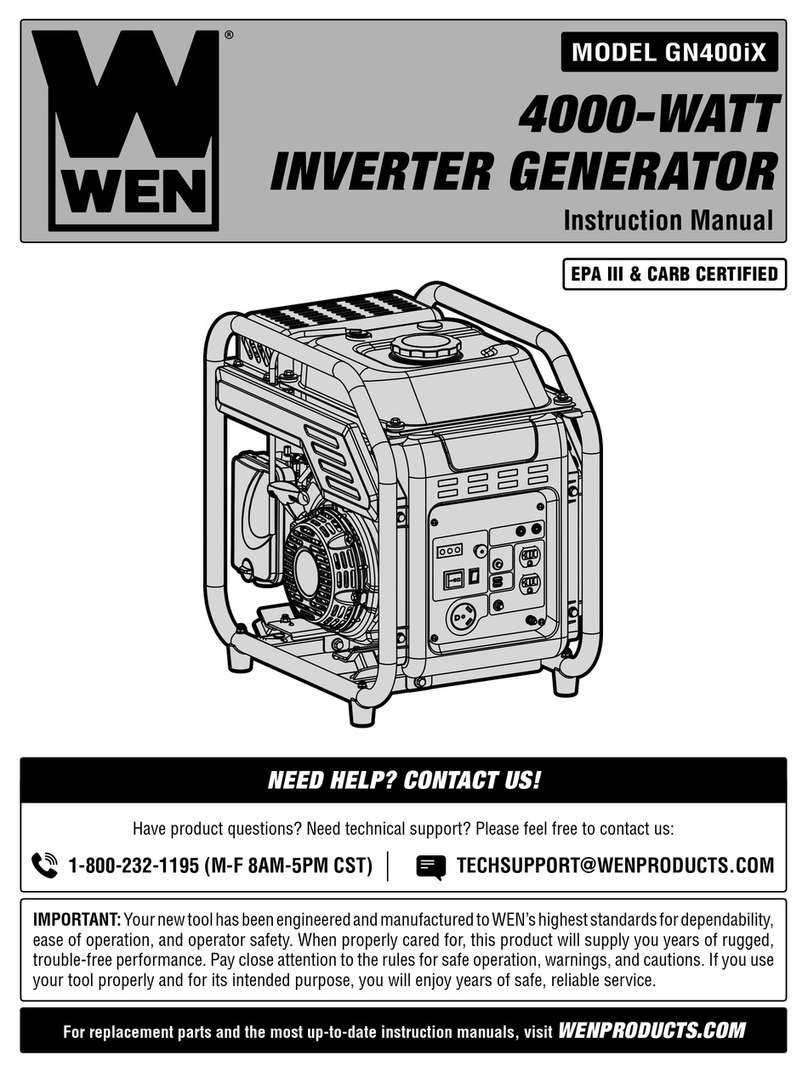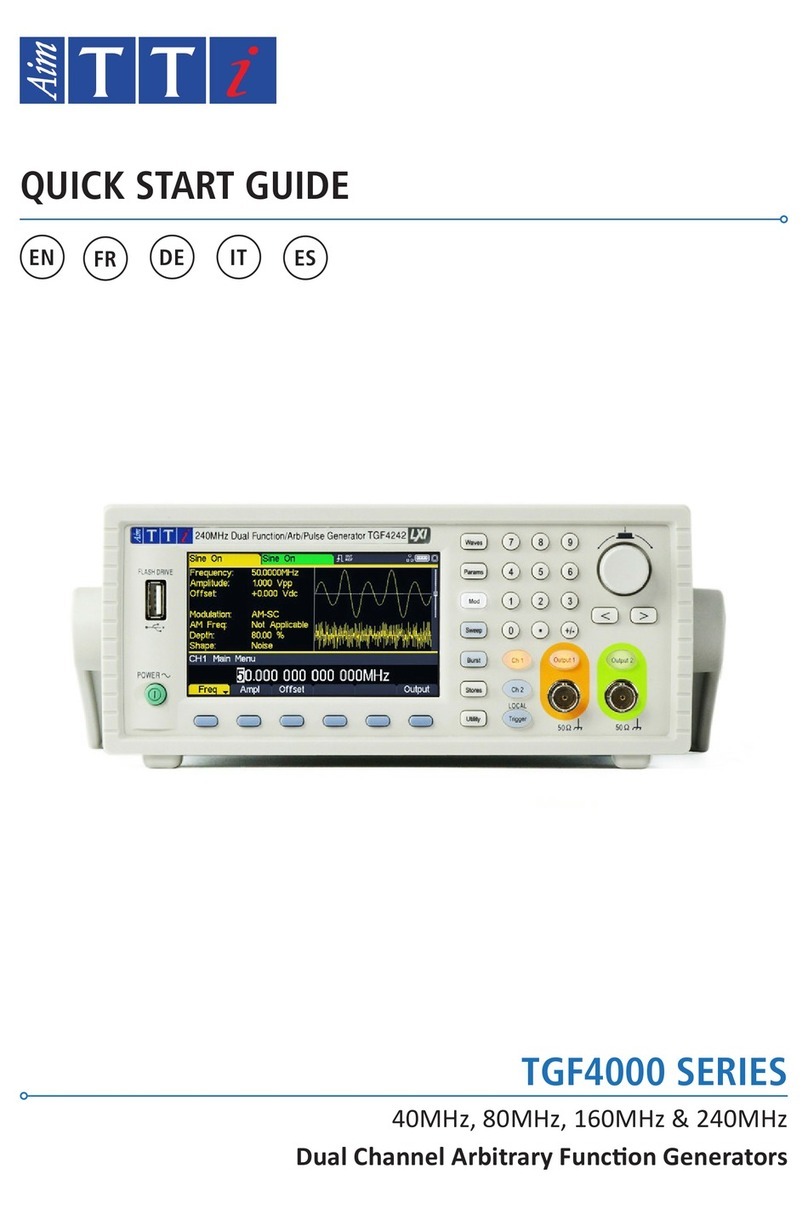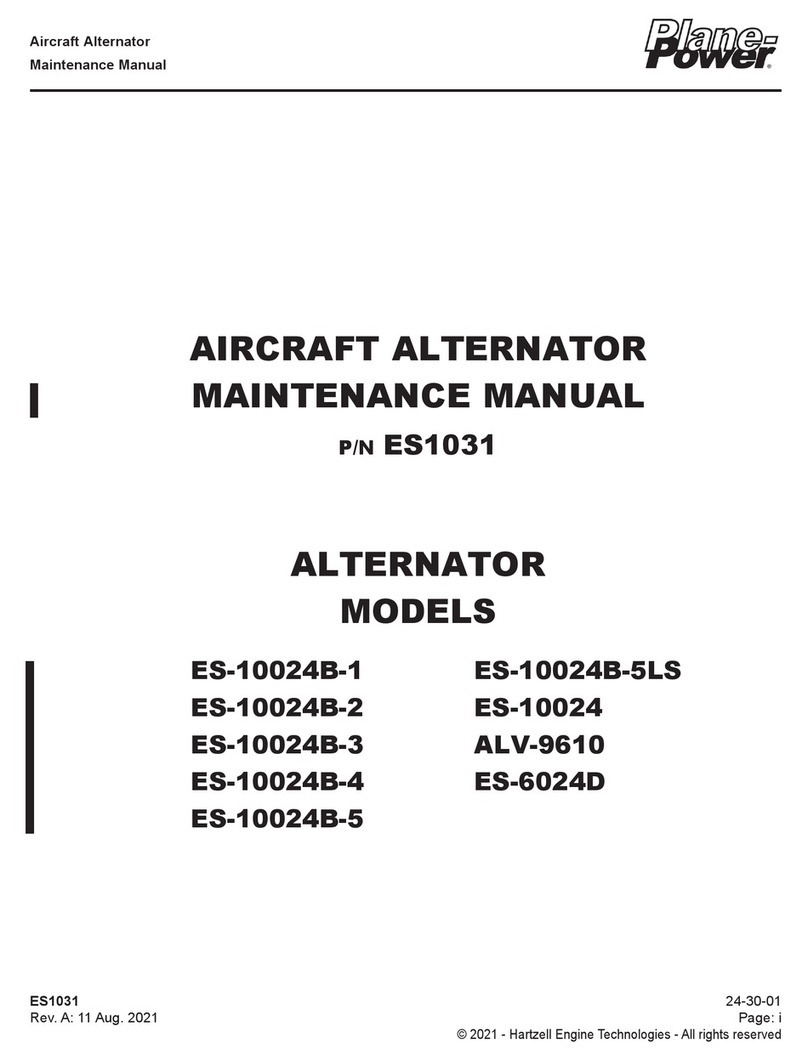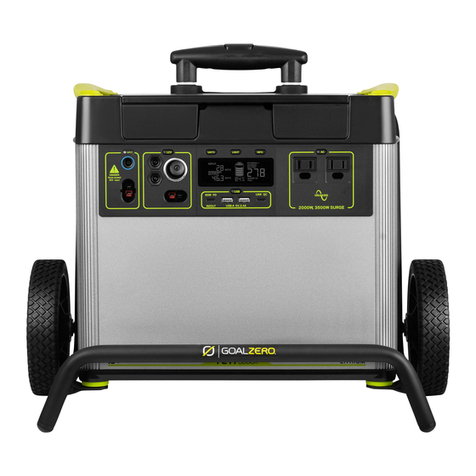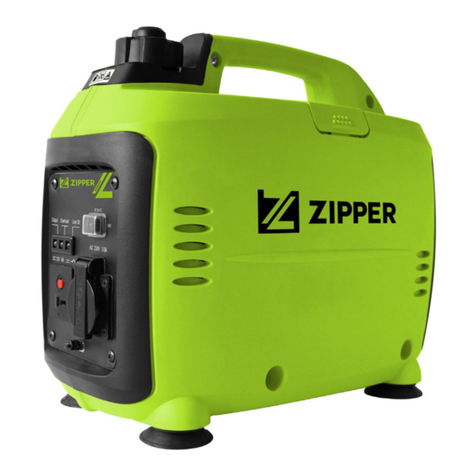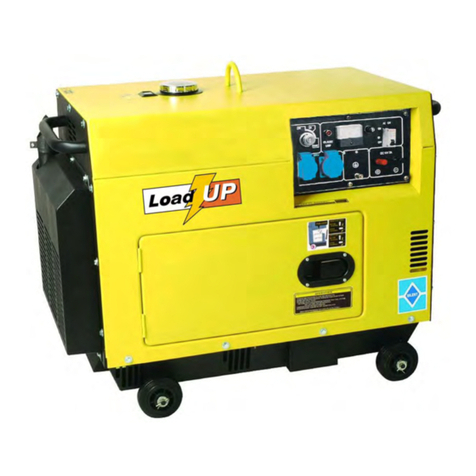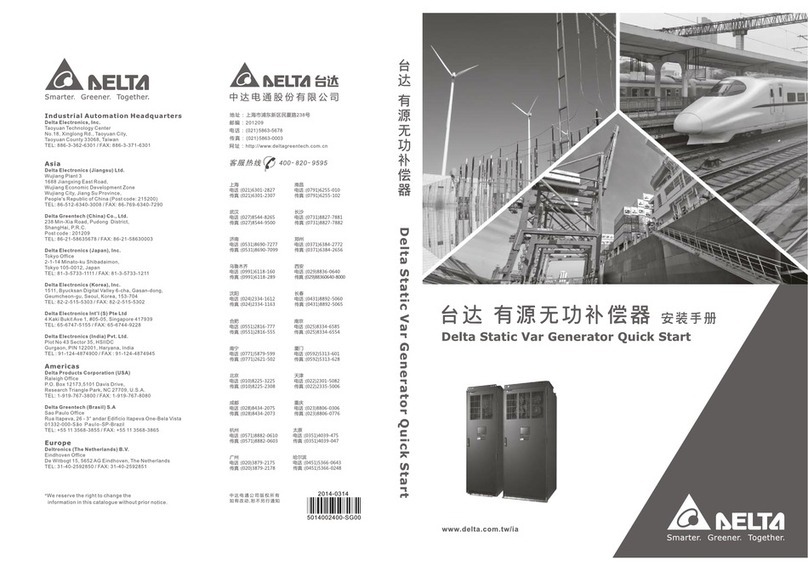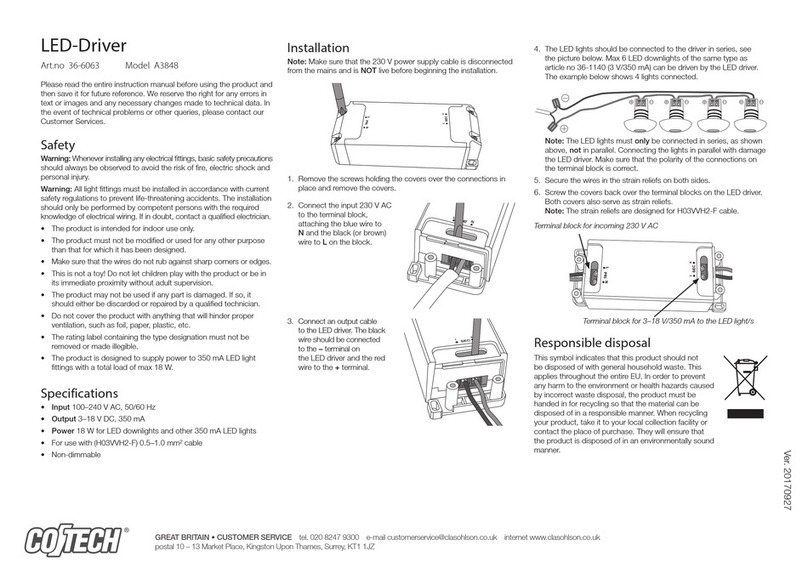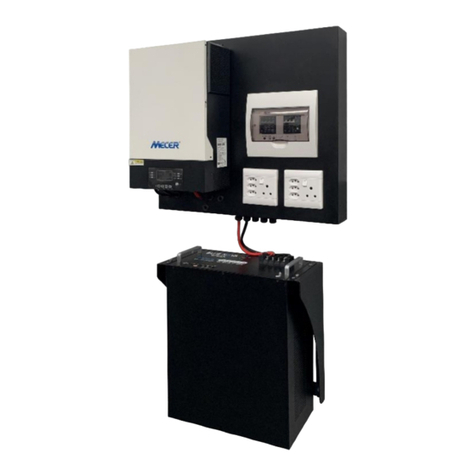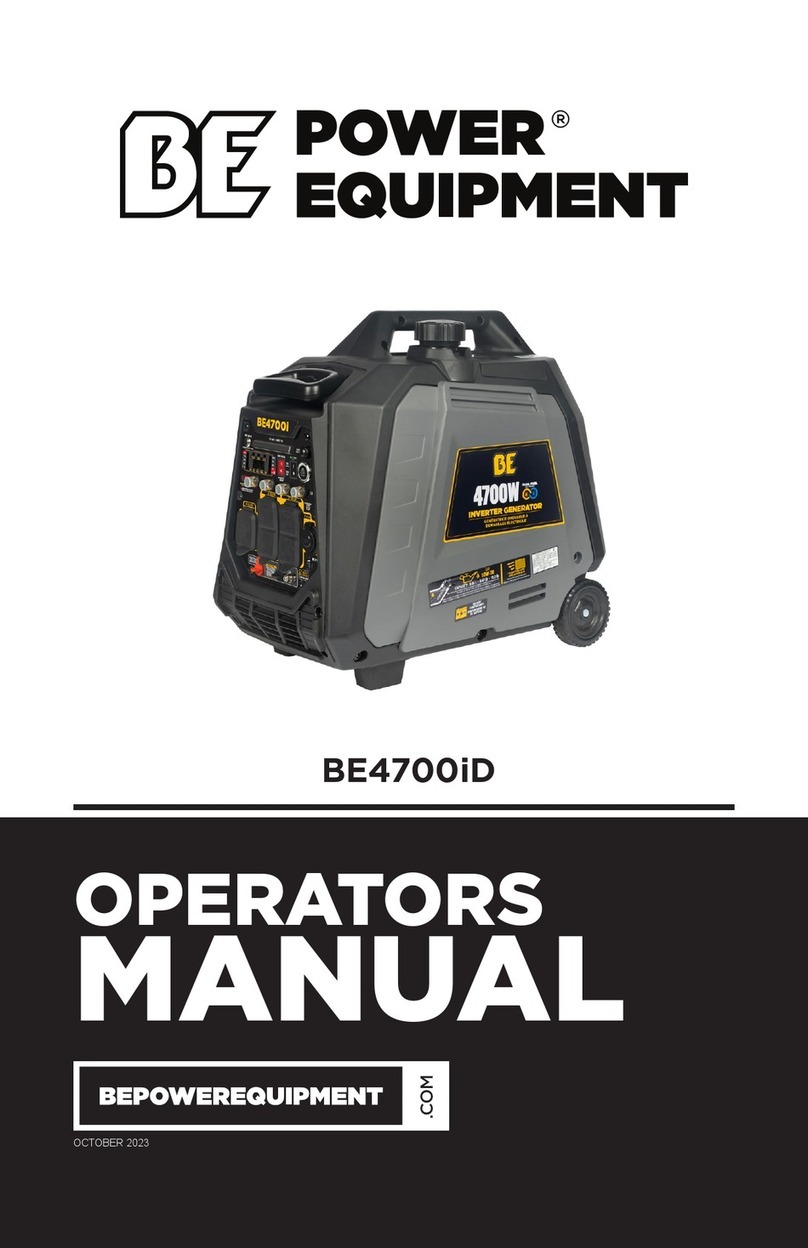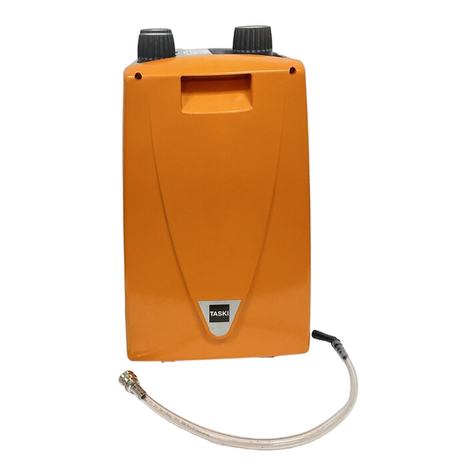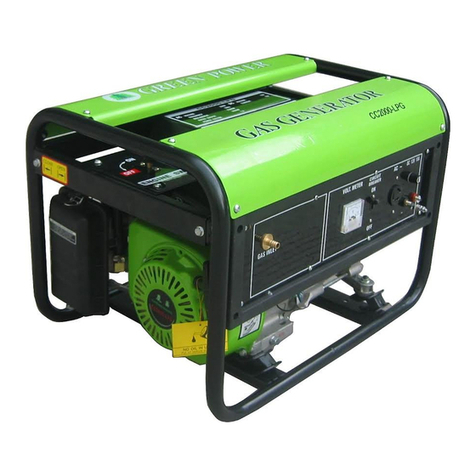
Generally, thepowerratingof
an
electrical appliance indicates the amount of work that can
be
done by
it.
The electric power required for operating an electrical applianceisnot always equal to the output watt-
age of the appliance.Theelectrical appliances generally have a label showing their rated voltage, fre-
quency, and power consumption (input wattage). The power consumption of an electrical applianceis
the power necessaryfor using it. When using a generator for operating an electrical appliance,the power
factor and starting wattage must be taken into consideration.
Inorder to determinethe right size generator,
it
is necessary to add the total wattage of all appliances to
be connected to the unit.
Refer
to
the followingsto calculate the power consumption
of
each appliance or equipment by its type.
(1)
Incandescent lamp, heater, etc. with a power factor
of
1
.O
Total power consumption must be equalto or less than the rated output of the generator.
Example
:
A
rated
3000W
generator can turn thirty
1OOW
incandescent lamps on.
factor
Select a generator with
a
rated
output
equivalent to
1.2
to
2
times of the power consumption of the
load. Generally the starting wattage of motor driven tools andlight electrical appliances are
1.2
to
3
times lager than their running wattage.
Example
:
A
rated
250
W
electric drill requires a
400
W
generatortostart
it.
(2)
Fluorescent lamps, motor driven tools, light electrical appliances, etc. with a smaller power
NOTE7
:
If a power factor correction capacitor is not applied
to
the fluorescent lamp, the more power
shall be required to drive the lamps.
NOTE2
:
Nominal wattage of the fluorscent lamp generally indicates the output wattage of
the
lamp.
Therefore,
if
the fluorescent lamp has no special indication as
to
the power consumption, effi-
ciency should be taken into account as explained in Item
(5)
on the following page.
(3)
Mercury
lamps
with
a smaller power factor
Loads for mercury lamps require
2
to
3
times
the
indicated wattage during start-up.
Example
:
A
400
W
mercury lamp requires
800
W
to
1200
W
power source to be turned on.
A
rated
3000
W
generator can power
two
or three
400
W mercury lamps.
(4)
Initially loaded
motor
driven appliances such as water pumps,compressors,etc.
These appliances require large starting wattage which
is
3
to
5
times
of
running wattage.
Example
:
A
rated
900
W
compressor requires a
4500
W
generatorto driie
it.
NOTE7
:
Motor-driven appliances require the aforementioned generator
output
only at the starting.
Once
their motorsare started, the applianceswnsumeabout
7.2
to
2
times their rated power con-
sumption
so
that
the excess
power
generated
by
the
generator
can
be
used
forother electrical
appliances.
NOTE2
:
Motor-driven appliances mentioned in Items(3)
and
(4)
vary
in
their required motor starting
power depending
on
the
kind of motor and start-up load. If itis difficult
to
determine the Optimum
generator capacw,select
a
generator with
a
larger capacity
-
15-




















